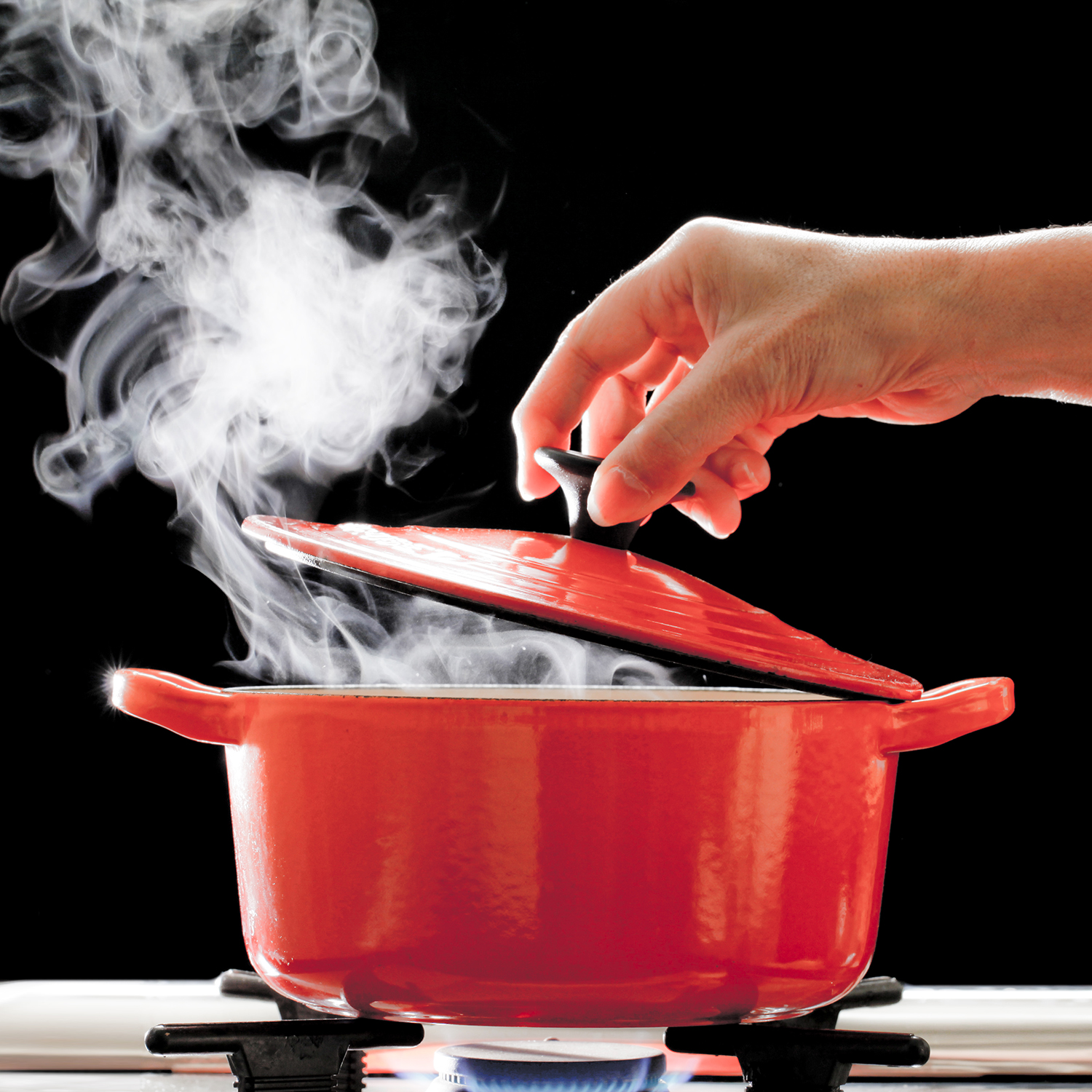How People Appraise a Heat Stimulus Affects How Their Autonomic Nervous Systems Respond To It, Study Finds

How a person perceives and evaluates stimuli involving actual or prospective pain is an important component in the autonomic nervous system’s (ANS) response to such stimuli, according to a study conducted by researchers in the Intramural Program of the National Center for Complementary and Integrative Health (NCCIH). The study, conducted by researchers in the Section on Affective Neuroscience and Pain at the National Institutes of Health’s Clinical Center, was published in the journal Pain.
The ANS is the part of the nervous system that regulates processes in the body that we do not consciously control, such as our breathing, heartbeat, and digestion. It does this by sending signals from the brain to the body and, like a two-way street, the body also sends signals back to the brain. The ANS is part of the response to pain, which also includes “nociception”—the nervous system’s encoding and processing of a “noxious” (an actually or potentially harmful) stimulus, such as a hot stove or freezing water.
A question in pain research has been whether or not this “defensive ANS response” involves or bypasses psychological processes, such as perception, attention, expectation, and mood. The present researchers explored this question by examining associations between noxious heat delivered to the skin, volunteers’ reported pain, and measurement of ANS responses to the heat.
The participants were 118 healthy adults aged 18 to 50. After initial clinical evaluation, they were assigned to perform either one or two tasks related to heat stimulation and pain, while the researchers measured indicators of the ANS response:
- A two-step pain assessment. During this task, participants received four courses of heat stimulation (eight times each) to eight sites on the inner forearm, at fixed, rising levels of heat. The temperatures ranged from 34 to 50 degrees Celsius (93.2 to 122 degrees Fahrenheit), and participants could stop the stimulation at any time if it was intolerable. Five seconds after each stimulus, individuals classified it as either “not painful” or “painful” and rated its intensity: for “not painful,” the scale went from 0 (no sensation) to 100 (very warm, but not yet painful) and for “painful,” the scale was from 0 (no pain) to 100 (worst pain imaginable). The researchers measured changes in skin conductance (how fast the skin conducts electricity), a known indicator of autonomic arousal.
- An adaptive staircase calibration. Participants received three exposures to heat at each of eight forearm sites, at levels the researchers expected to be of low, medium, or maximum tolerated pain (with some tailoring of this task to individual participants). After each trial, participants rated their pain from 0 (no sensation) to 10 (most pain imaginable). The team measured both changes in skin conductance and in pupil dilation of the eye, another ANS indicator.
When they analyzed their data, the researchers found that, statistically, the participants’ perception and evaluation of potential or actual pain, which could be called their “pain experience,” predicted their skin conductance and pupil dilation responses—and, in addition, mediated the effect of temperature on the ANS response. This mediation was stronger for painful than nonpainful stimuli.
The pain experience was concluded to be very important, possibly crucial, in launching and shaping ANS responses to a threat to tissue. In other words, how an individual perceived the stimulus seemed to be more important for predicting the body’s response than the stimulus temperature itself. This challenges one longstanding view, including from studies in animals, that these ANS responses are purely reflexive.
The authors note that the study is consistent with other work showing that the human ANS response is affected by psychological factors like judgment, insight, language, expectation, emotion, and motivation. The study builds on this work by showing that even simple judgments about how painful a stimulus is can influence the ANS response to noxious stimuli.
Areas identified for future research included testing whether these effects are unique to pain and comparing responses to heat with other noxious stimuli; delving deeper into the search for a nonverbal biomarker of pain; directly manipulating pain and ANS responses through drugs or other interventions; and exploring the study’s approach in people with chronic pain conditions, who have shown some physiological differences from healthy volunteers.
Reference
- Mischkowski D, Palacios-Barrios EE, Banker L, Dildine TC, Atlas LY. Pain or nociception? Subjective experience mediates the effects of acute noxious heat on autonomic responses. Pain. 2018;159(4):699-711.
Additional Resources
Publication Date: March 27, 2018